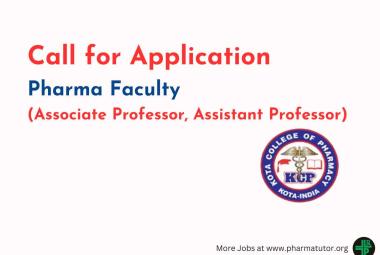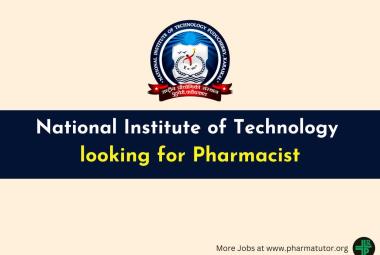genetically modified pancreatic islet cells transplanted into a man with type 1 diabetes, without the need for immune-suppressing drugs. For twelve weeks, the cells survived, produced insulin, and functioned naturally.
For more than a century, insulin has been the lifeline for people living with type 1 diabetes. From the first injections in the 1920s to today’s pumps and continuous glucose monitors, advances in care have transformed the condition from fatal to manageable. Yet, for millions worldwide, the daily burden of finger pricks, insulin doses, and constant vigilance never disappears. The dream has always been a cure, a way to restore the body’s own insulin-producing cells.
Now, that dream may be closer than ever. In a study published this August in the New England Journal of Medicine, a team of Swedish researchers reported a medical first: genetically modified pancreatic islet cells transplanted into a man with type 1 diabetes, without the need for immune-suppressing drugs. For twelve weeks, the cells survived, produced insulin, and functioned naturally.
Why this is groundbreaking
In type 1 diabetes, the immune system mistakenly destroys the pancreas’s beta cells. Beta cells are responsible for insulin production in body. And Insulin is required to help the body use sugar (glucose) for energy, acting as a key to move glucose from the bloodstream into cells.
Doctors have tried transplanting donor beta cells before, with some success. But the immune system almost always recognizes these cells as foreign and attacks them. To prevent rejection, patients must take immuno-suppresive drugs to suppress their immune systems. While these medications keep the cells alive, they come with steep costs: increased risk of infections, kidney problems, even cancer. For most people, the risks of taking these strong drugs are too high compared to the benefits.
That is what makes this new approach so exciting. Instead of forcing the immune system into submission, the researchers made the donor cells invisible to attack. Using advanced gene editing, they removed the “red flags” that alert immune cells and added a protective signal, CD47, which tells the body, “don’t eat me.” The result is a cell that can survive in the body without needing the patient to take immunosuppressive drugs.
The first brave volunteer
The first person to receive this treatment was a 42-year-old man who had lived with type 1 diabetes for nearly four decades. For him, life without insulin was unimaginable. His pancreas had stopped making insulin a long time ago.
Doctors injected thousands of these specially engineered islet cells into the muscle of his forearm. Unlike previous transplants, he was given no immunosuppressive drugs. Then, the waiting began.
Within weeks, blood tests revealed something extraordinary. The man’s body was producing insulin again. His levels of C-peptide, a marker of insulin production, rose for the first time in decades. Imaging scans confirmed that the transplanted cells were alive and functioning. Even more remarkable, his immune system showed no signs of attacking the foreign cells.
The man had a few small side effects, like a little swelling in a vein and some short-term numbness in his arm, but nothing serious. These were very minor compared to the risks of the usual strong medicines used in transplants.
A cautious but hopeful step
It’s important to emphasize: this was one patient, followed for just 12 weeks. This is not yet a cure available at your local hospital. But for experts in the field, the implications are profound.
“This is a proof of concept that could change the way we treat type 1 diabetes,” the researchers wrote. It suggests that, with further refinement, patients might one day receive a single transplant and regain their body’s natural ability to regulate blood sugar — no more injections, no more constant monitoring, no more looming fear of complications.
Sana Biotechnology, the company behind the engineered cells, is already working on the next generation: stem-cell-derived islets, which could be produced in the lab rather than relying on scarce donor organs. Clinical trials for these lab-grown versions are planned within the next few years.
What this could mean for patients
Imagine a teenager newly diagnosed with type 1 diabetes today. Under current treatment, she faces decades of daily insulin injections, diet restrictions, and the constant possibility of dangerous highs and lows. But if therapies like this succeed, her future could look very different. Instead of lifelong management, she might receive a single cell transplant that restores her natural insulin production — and then simply live her life.
Of course, many hurdles remain. Researchers need to prove that these cells can survive long-term, that they can scale the treatment to thousands or millions of patients, and that it is affordable and safe. But for the first time, there is concrete evidence in a human that it can be done.
The first patient in Sweden may not yet be free of insulin, and the road ahead is long. But his story marks a turning point, proof that science can reprogram not just cells, but perhaps the future of diabetes care itself.
The dream of a life without insulin may finally be within reach.
The paper citing this research published in N Engl J Med with titled, Survival of Transplanted Allogeneic Beta Cells with No Immunosuppression.









